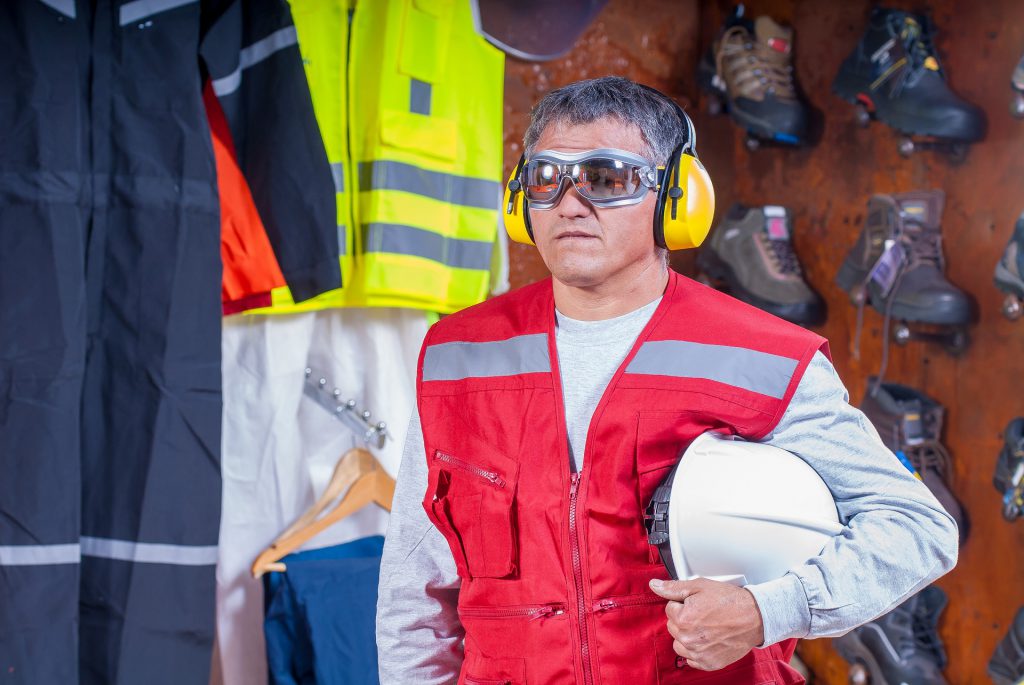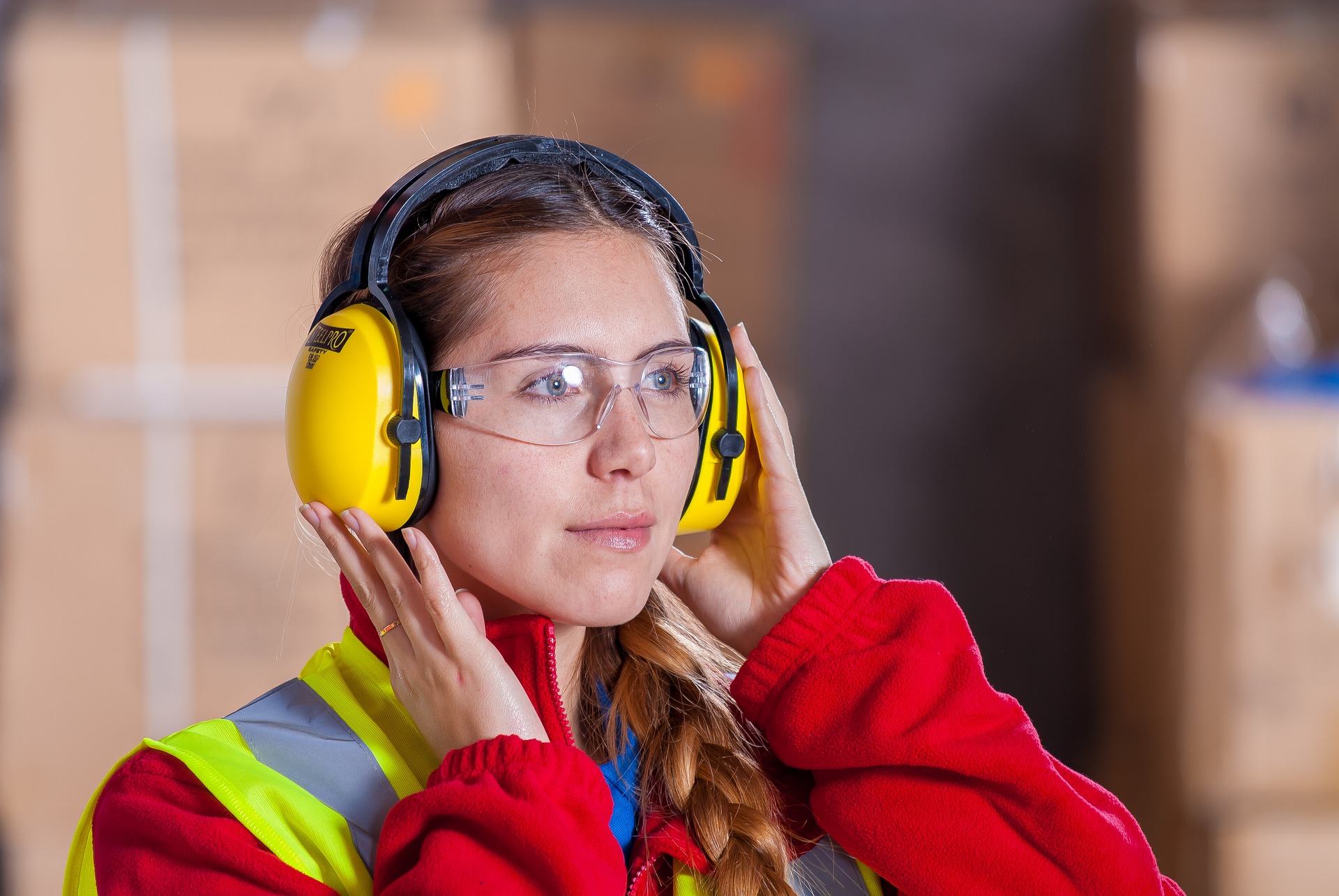Outline
Regularly, hazards noise in construction might not be considered as the first noise hazard in the construction industry due to its gradual approach to hearing loss.
That is why sufferers may not even realize that something is wrong with their hearing until it is too late. There is no cure for a permanent hearing loss, even hearing aids or surgery can’t do anything about it.
According to the study, 58% of workers experienced abnormal hearing loss due to noise between the years 1996 and 2010. Around 80% of welders and 47% of roofers suffered from hearing loss.
The manufacturing industry exposes the highest number of workers to noise hazards. The construction industry is the second-highest in the list.
Construction Industry Noise Hazards
No matter what precautions are taken, the construction industry is always a noisy place to work.
When exposure to 85 dBA noise occurs regularly for about 8 hours a day, it can hurt your hearing.
There are models of machinery if workers use these about an hour a day, they start feeling the hearing loss. The noise level and the hearing loss are directly proportional to one another if one increases the other one automatically increases.
Different Construction Machines Causing Noise Hazards
This isn’t good news for the people who are working in the construction industry, as most of the equipment is above the 85 dBA noise level. The jackhammer noise level is 100 dBA, which is one of the noisest hazards in this industry.
There are even more high-intensity noise-producing machines, such as Chop saw, which noise level is around 105 dBA. Chain saw and Hammer drill have even higher noise levels, about 110 dBA, and 115 dBA individually.
So, all these machines are the construction industry noise hazards for the workers.
Yearly Hearing Tests Can Help Protect Hearing
Employers should annually organize hearing tests for their workers, especially those who are working in hazard noise conditions. This will also determine if they need to take more steps to protect their hearing or not.
They can measure the noise level by using devices such as dosimeters or sound meters. However, most people don’t have this equipment to check the noise level in their companies.
In that situation, what workers can do is to use the “2-3 Feet Rule”.
This rule says that you don’t have to raise your voice to be heard by another worker standing 2-3 feet away. If you have to raise the voice, then the noise level around you is probably above 85 dBA.

Source: Pixabay
How to minimize noise hazards?
Administrative and engineering controls, as well as PPE (Personal Protective Equipment), can minimize noise exposure and levels. One of the noise hazard control processes consists of the following steps:
Step 1
Use equipment that doesn’t produce high-intensity noise.
Step 2
Try to move the equipment away from you. For example, you can move the generators away.
Step 3
To block the noise, build temporary plywood barriers. For example, put a wooden box over a generator that is producing noise.
What can employers do?
We already know that the working environment may cause noise hazards.
What employers can do to protect their workers is below:
- They can make regular safety conferences to spread awareness, as well as to take steps to minimize the hazards.
- Building sound barriers is also what employers can do to minimize the noise hazards.
- Schedule the tasks in that way that there are fewer people in the workplace when the high-intensity noise-producing task is going to be done.
- Provide hearing protective equipment to the workers.
- Try to get equipment that produces smaller noises.
- Track the working hours of workers, especially those who are working in a hazardous environment.
- To make it clear to everyone, post warning signs in hazardous areas.
The Effects of Noise Hazards
The hearing loss caused by noise hazards limits your ability to hear sounds. In this situation, understanding what other people are saying becomes very difficult. This causes a problem for those workers in the communication process.
Hearing loss considerably affects the life of one person. Along with hearing damage, noise hazards can cause psychological and physical stress.
The productivity of the worker reduces, and after being affected, the communication with other people becomes difficult, due to which he can’t concentrate on the job.
Noise hazards also cause injuries and accidents at the workplace as the workers can’t hear the warning signs due to hearing loss or too high noise.
In the end, what should workers do?
It is the worker’s right to know about the noise hazards in which he is working. Additionally, workers who inform employers about noise hazards should be encouraged. It should always be kept in mind that workers can file a claim at any time, even if they are still working.
It shows the right of workers to claim compensation. That is why workers are encouraged to do the audiogram if they are still working on the environment having harmful noises. Why waiting for someone else to do something for them?
The workers can do something about their hearing loss problem by taking this step themselves.



